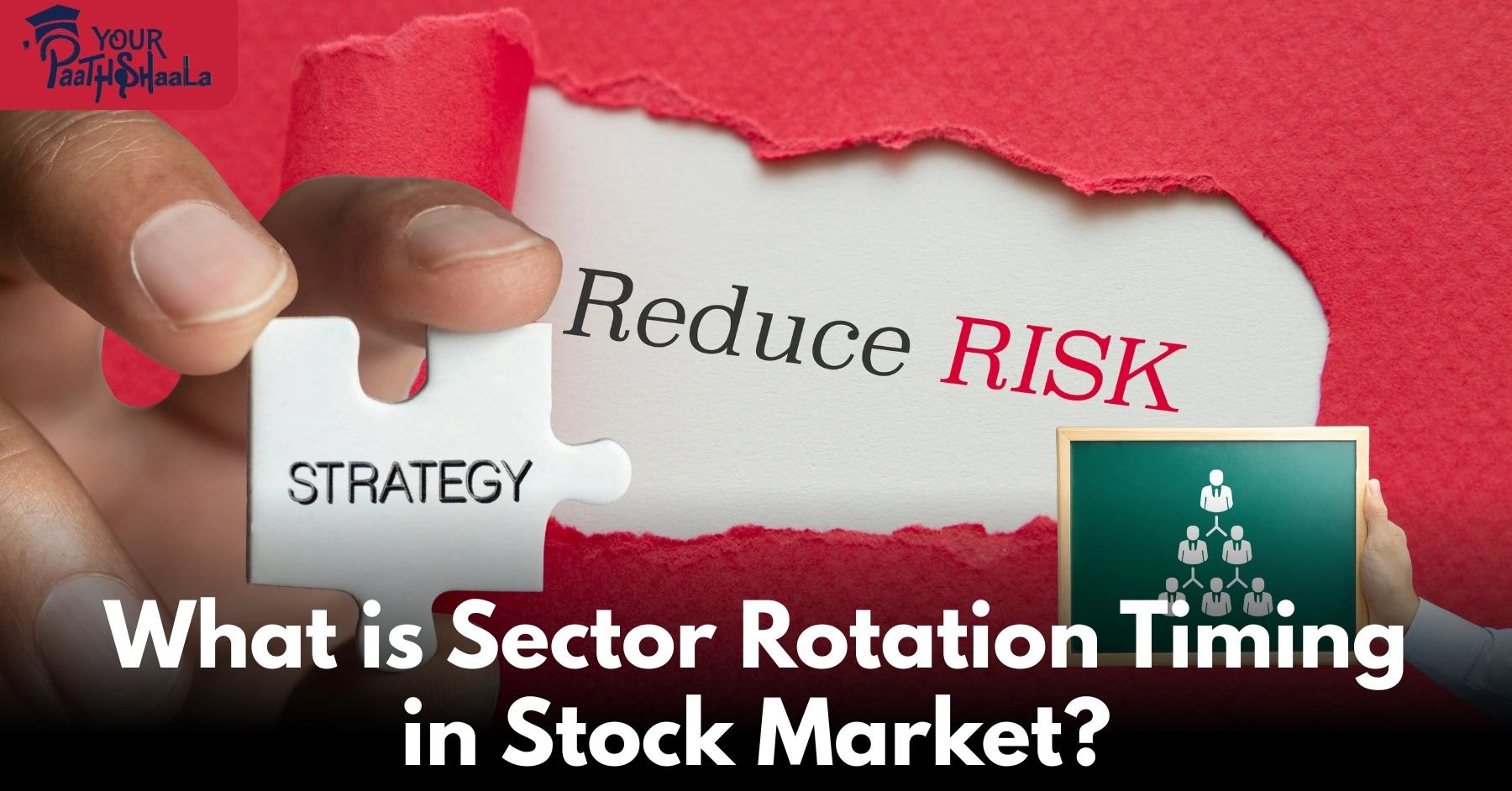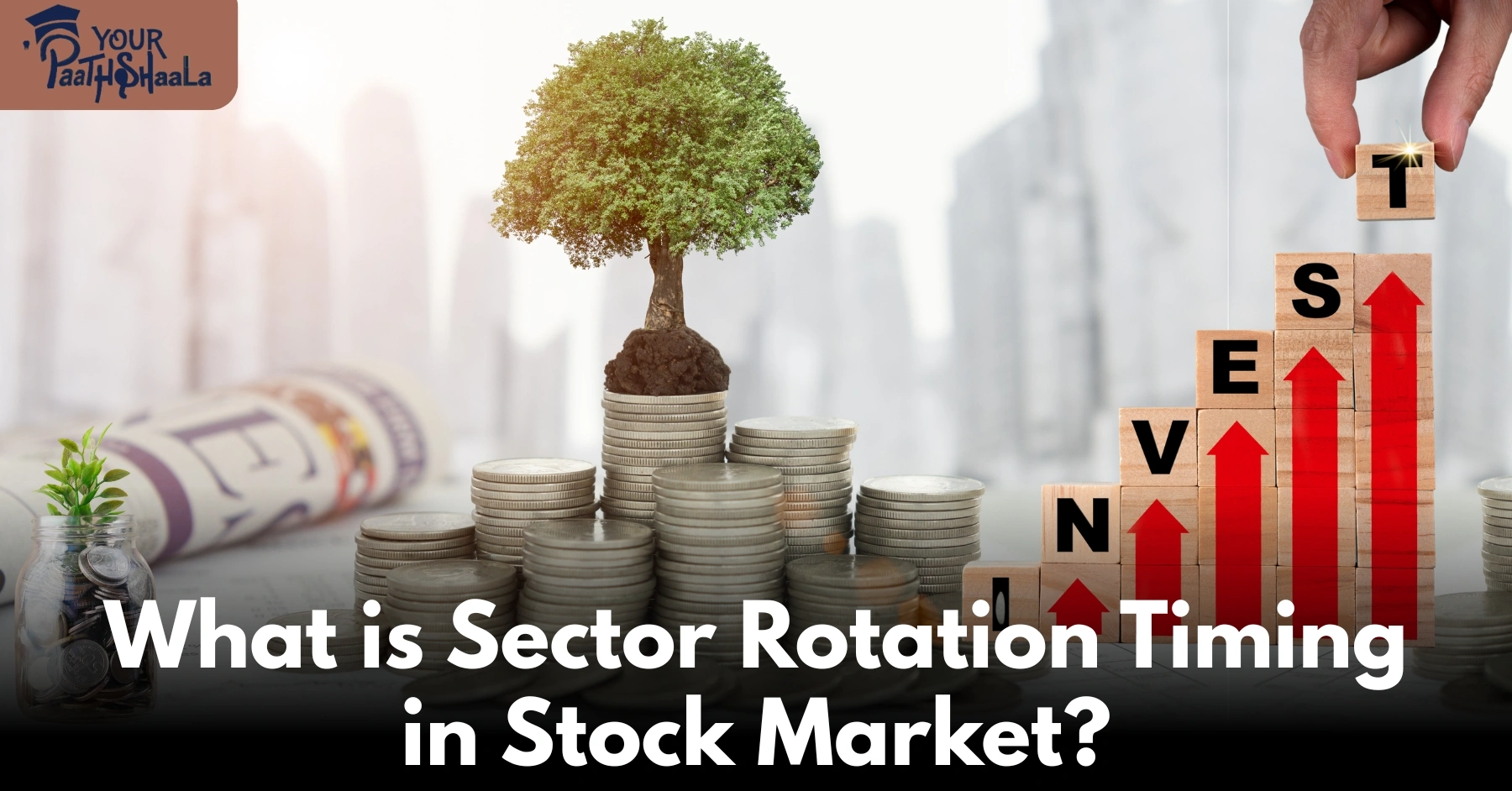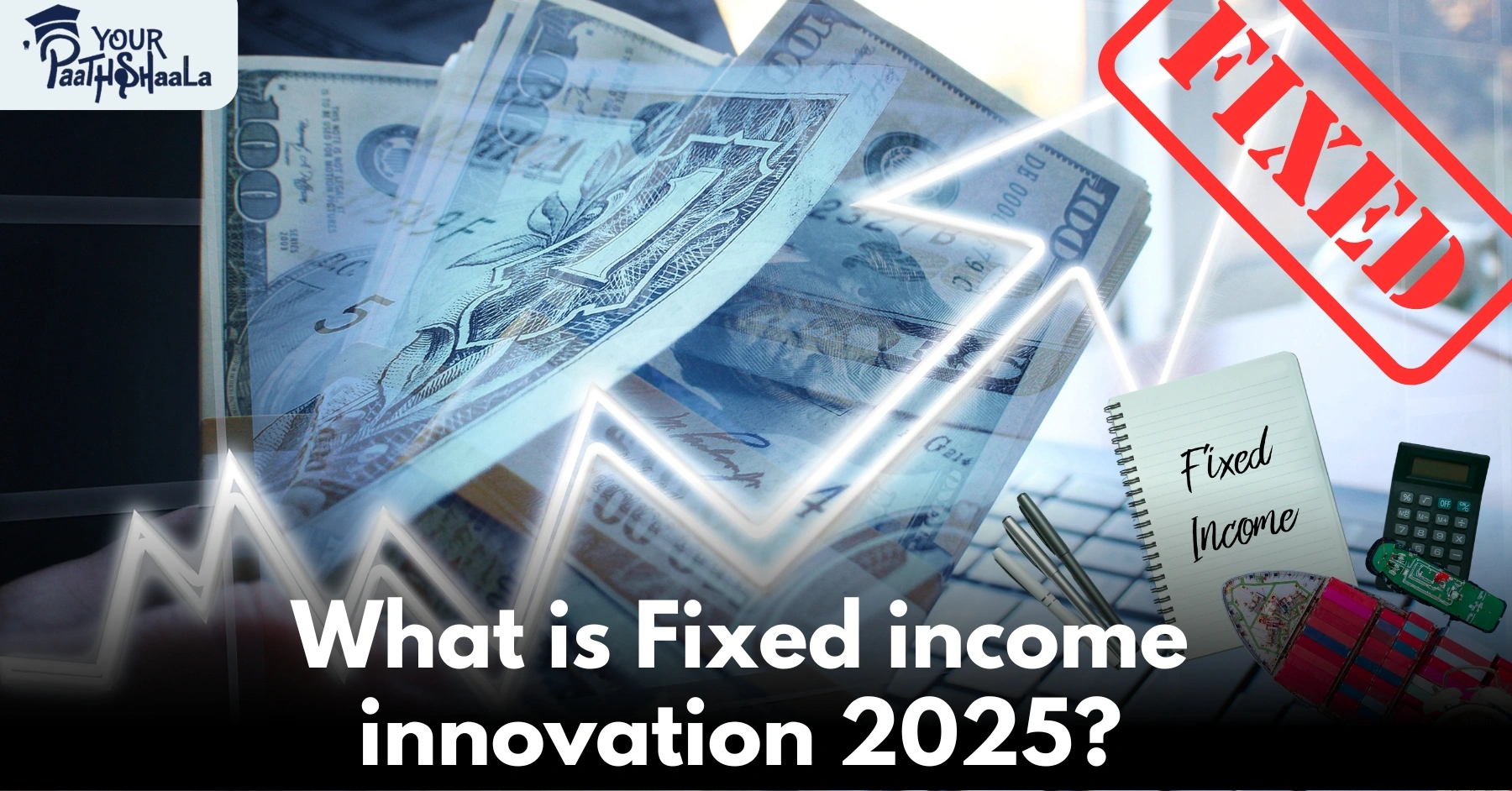Mastering Risk Parity: The Smarter Way to Build All-Weather Portfolios
In today’s fast-moving financial world, simply diversifying your investments is no longer enough. Global markets are more volatile, interconnected, and unpredictable than ever before. Traditional portfolio construction methods—while foundational—may not always provide the protection or returns that modern investors expect. Enter AI-Enhanced Risk Parity: a transformative strategy that fuses the logic of diversification with the predictive and adaptive power of artificial intelligence.
Whether you’re an experienced investor, a student of finance, or a beginner looking to future-proof your portfolio, understanding how AI and machine learning are evolving traditional risk parity is not just helpful—it’s essential.
What Is Risk Parity and Why Was It Created?
Before diving into how AI transforms risk parity, let’s first understand the core concept.
Risk parity is a portfolio management strategy that seeks to balance risk across various asset classes—stocks, bonds, commodities, and more—instead of allocating based on expected returns or capital weight. This method aims to minimize volatility while ensuring consistent performance in different economic environments.
Traditional portfolios, like the 60/40 stock-bond split, often concentrate risk in equities. Risk parity, on the other hand, distributes that risk more evenly by adjusting the weight of each asset class based on its volatility. The goal? A more resilient, all-weather portfolio that doesn’t crumble under market stress.
Why Traditional Risk Parity Needs an Upgrade
While risk parity has shown success in long-term investing—especially with bond-heavy allocations during low-rate periods—today’s financial climate brings new challenges:
Interest rate hikes are hurting bond yields.
Markets are highly reactive to news, war, politics, and tech shifts.
Historical correlations between assets are breaking down.
Volatility spikes are frequent and unpredictable.
In short, static models can’t keep up with dynamic market realities. That’s where AI comes in.
How AI Revolutionizes Risk Parity
The integration of artificial intelligence into portfolio management is changing the game. Here’s how AI-enhanced risk parity evolves traditional investing:
🧠 1. Machine Learning for Real-Time Pattern Detection
AI systems can process millions of data points per second, identifying patterns and anomalies far beyond the capability of any human analyst.
AI analyzes interest rates, inflation, sentiment, economic indicators, geopolitical news, and even social media chatter.
It can detect emerging risks or opportunities in real-time—giving your portfolio a head start on market shifts.
For example, if market conditions suggest rising inflation and falling bond performance, AI can automatically reduce bond exposure and increase commodity weighting.
🔗 2. Neural Networks Predict Correlation Shifts
Asset correlations are the backbone of diversification. But in market crises, previously uncorrelated assets often move together, rendering diversification ineffective.
Neural networks trained on decades of financial data can anticipate correlation breakdowns before they occur.
This foresight helps rebalance your portfolio before correlations spike—avoiding drawdowns.
For instance, if AI predicts that equities and corporate bonds will crash simultaneously in a recession, it may increase cash or gold allocations proactively.
⚡ 3. Automated Rebalancing for Instant Action
Manual rebalancing—done quarterly or annually—just doesn’t cut it in today’s market. Delays cost money.
AI-enhanced risk parity strategies feature automated rebalancing that reacts immediately to risk shifts.
This minimizes human error and ensures the portfolio stays aligned with real-time conditions.
The system can adjust asset weights every day—or even hourly—depending on volatility and forecasted performance.
📈 4. Dynamic Allocation with Maximum Precision
AI doesn’t just execute trades faster—it makes smarter decisions.
It optimizes allocations based on not just volatility but also predicted returns, macro conditions, momentum, and cross-asset influences.
Traditional risk parity assumes static volatility and correlations. AI models continuously update their understanding of market dynamics.
The result? A more responsive, intelligent portfolio designed to thrive in every phase of the economic cycle.
Benefits of AI-Enhanced Risk Parity
Let’s break down why investors—retail and institutional alike—are embracing this new wave of portfolio design:
✅ Resilience During Uncertainty
AI’s predictive capabilities help guard your portfolio against sudden crashes, interest rate shocks, and inflationary pressure.
✅ Superior Risk Management
Volatility is managed more intelligently by dynamically shifting exposure—often before the rest of the market reacts.
✅ Time-Saving Automation
Forget about constant monitoring or manual intervention. The system handles portfolio adjustments for you with precision.
✅ Higher Long-Term Consistency
By adapting faster than traditional methods, AI-enhanced strategies often show better Sharpe ratios and smoother returns.
Real-World Applications: What Does It Look Like?
Here’s a hypothetical breakdown of how a modern AI-Enhanced Risk Parity Portfolio might allocate its assets compared to a traditional one:
| Asset Class | Traditional Risk Parity | AI-Enhanced Risk Parity |
|---|---|---|
| Bonds | 45% | 30% (adjusted for rising rates) |
| Equities | 30% | 35% (adjusted for momentum) |
| Commodities | 15% | 20% (inflation hedge) |
| Alternatives (REITs, Crypto) | 10% | 10% (based on risk-reward profile) |
Instead of locking in static percentages, the AI model updates this allocation as needed—sometimes even intraday.
AI-Enhanced Risk Parity vs Other Strategies
| Feature | Traditional Risk Parity | AI-Enhanced Risk Parity | Robo-Advisors |
|---|---|---|---|
| Real-time Data Analysis | ❌ | ✅ | ❌ |
| Predictive Correlation Modeling | ❌ | ✅ | ❌ |
| Dynamic Automated Rebalancing | ❌ | ✅ | ✅ (to a degree) |
| Tailored to Macro Trends | ❌ | ✅ | ❌ |
| Ideal for Modern Markets | ⚠️ | ✅ | ⚠️ |
AI-enhanced risk parity stands out as the most customizable and forward-looking strategy in today’s financial environment.
Who Should Use AI-Enhanced Risk Parity?
📊 Active traders seeking precision in volatile conditions.
🧓 Long-term investors who want smoother returns and lower drawdowns.
🎓 Finance students aiming to understand cutting-edge portfolio construction.
💼 Wealth managers exploring smarter strategies for clients.
💻 DIY investors with access to AI-powered platforms or algorithmic tools.
It’s no longer just a hedge fund secret—retail access to AI tools is growing rapidly.
Challenges and Considerations
While the strategy is powerful, there are some points to consider:
🔧 Requires a tech infrastructure: You need access to platforms with AI capabilities or custom algorithms.
🧠 Not plug-and-play: Understanding how AI models work (even slightly) is important to avoid overreliance.
📈 Backtesting is crucial: Always test AI-based models across different market regimes before live implementation.
Final Thoughts: The Future Belongs to Adaptive Investors
AI-Enhanced Risk Parity is more than just a trend—it’s a paradigm shift. By blending data science with finance, it empowers investors to be faster, smarter, and more adaptive than ever.
In a world where change is the only constant, this strategy ensures your portfolio doesn’t just survive—it thrives.
Visit YourPaathshaala
Near Anjali Children Hospital, Tagore Nagar, Mathpurena, Raipur
PIN Code: 492001, Chhattisgarh Click the Call Now to start learning how financial systems really work! To check out the full article click here!













Add a Comment